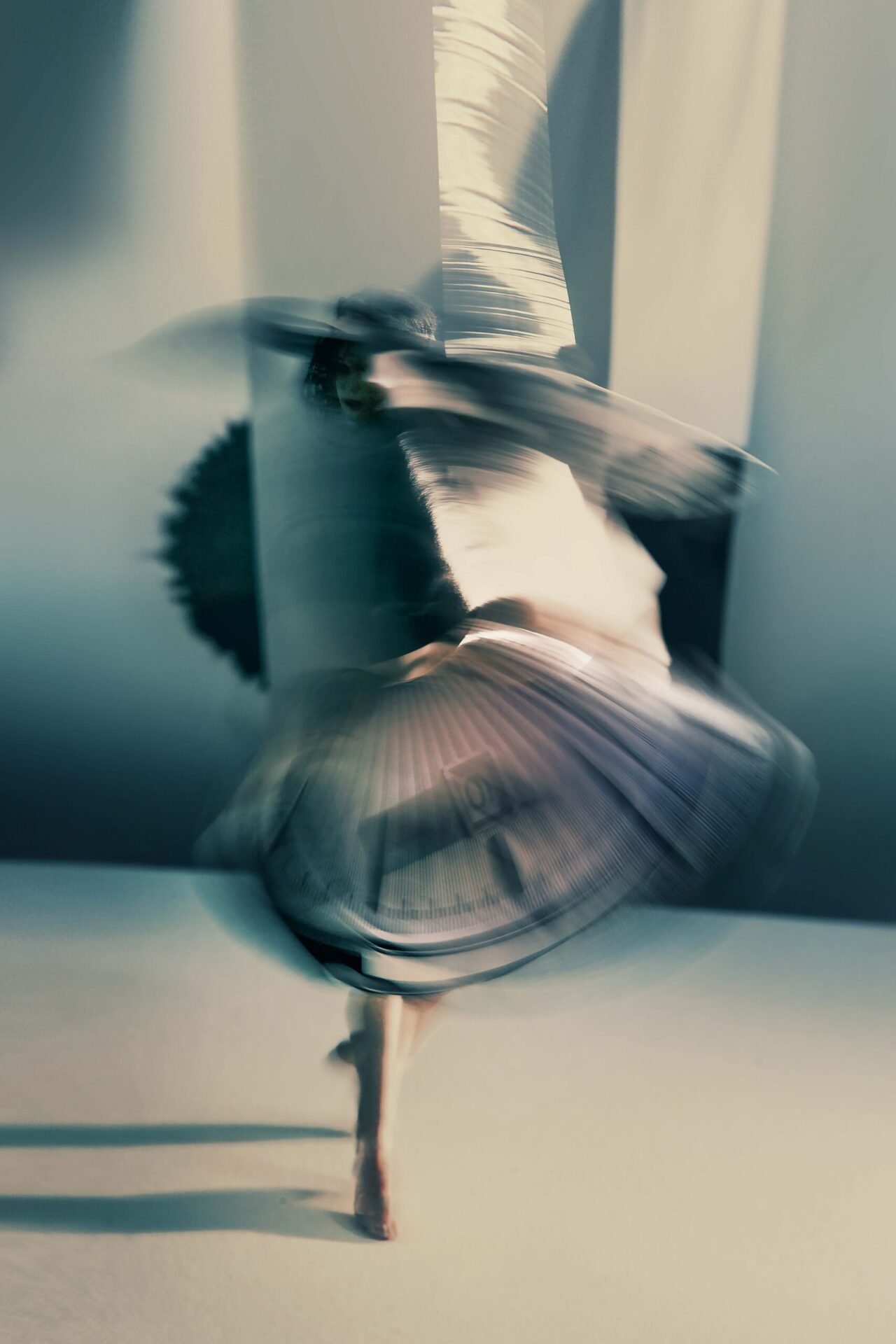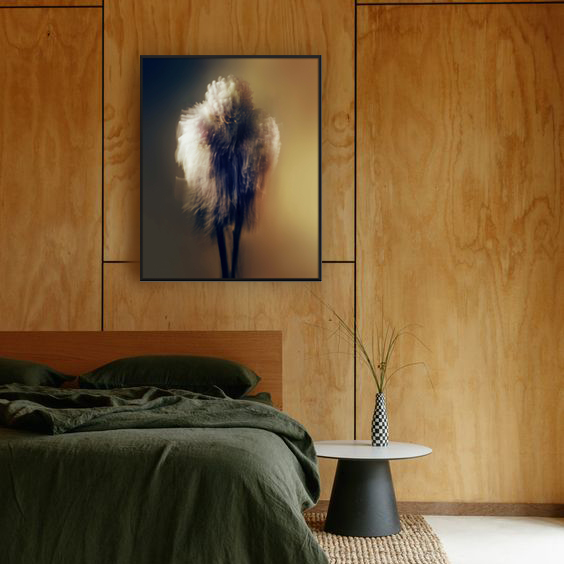Do you know that feeling of waking up from a comforting dream – its contours still a bit hazy – that clings to you throughout the day? That’s what the work of up-and-coming photographer Chiron Duong feels like. Through a visual language that both hinges upon Vietnamese tradition and Eastern culture, a distinctive color palette and an ability to capture the most delicate of movements, the photographer has been carving out an entirely unique space for himself – drawing in an international audience along the way. Best described as a dream-like exploration of personal memories, folklore and mysticism, his work offers a refreshing take on traditional aesthetics. Take Portraits of Áo Dài Ao Dai for example, a 365-day photographic journey, in which he explored a Vietnamese garment called ‘áo dài’. A tunic characterized by an elegant high neck, soft round shoulders and graceful sleeves, worn over silk trousers, this is not just a traditional dress, but a multifaceted embodiment of the nation’s spirit and pride.
The project is emblematic of his modus operandi: centering an emotive part of his culture, but combining it with props and photography techniques that have a highly contemporary feel. What emerges is a vibrant and timeless body of work, through which the artist hopes to put forward new ways of seeing and imagining Vietnam. Here, he reflects on how he shifted from landscape architecture to photography, why flowers are so important in his work, and what his proudest project is.
Read more about Chiron’s practice and his series Portraits of Áo Dài Ao Dai

